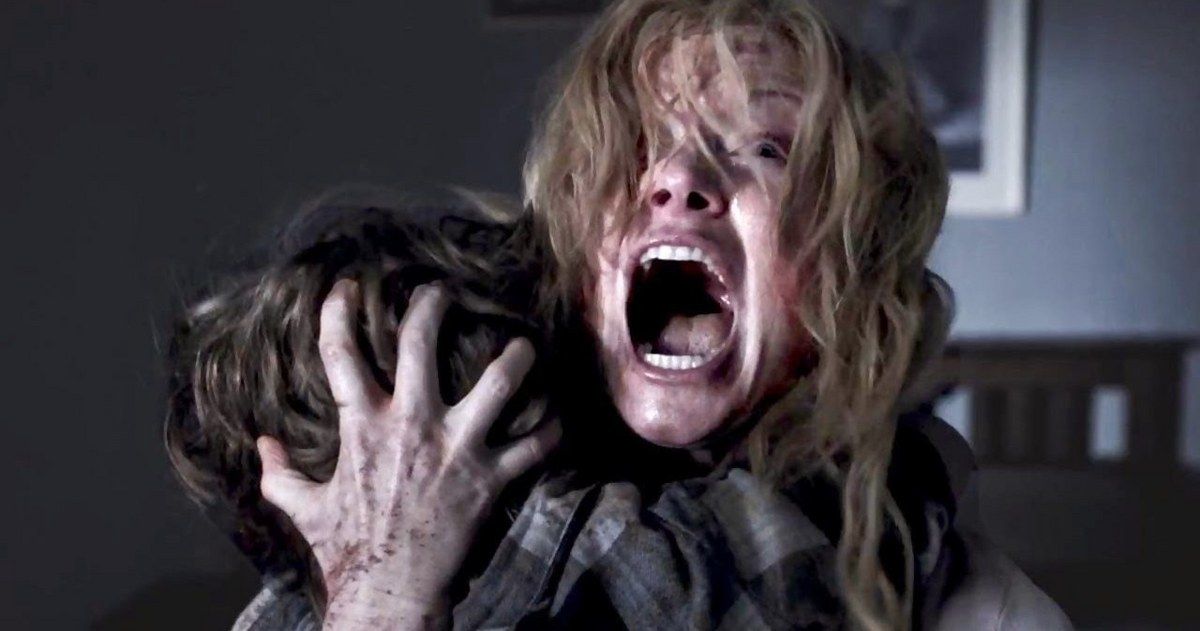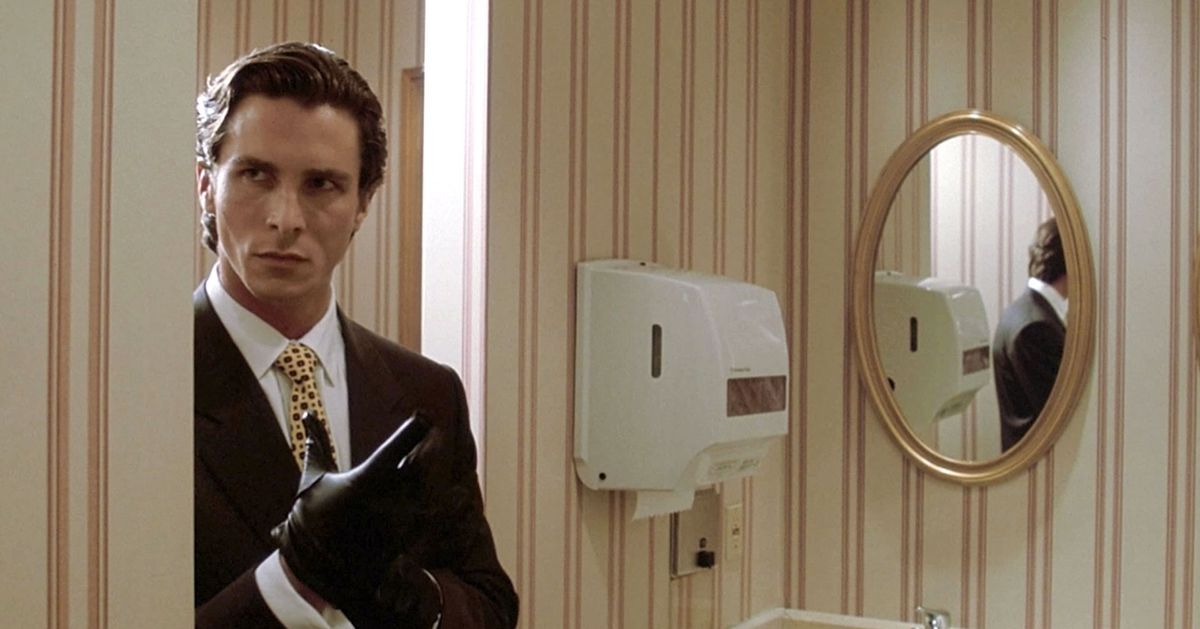#Best Horror Movies Directed by Women, Ranked

Table of Contents
“Best Horror Movies Directed by Women, Ranked”
Women’s contribution in horror isn’t confined to the last decade. A prime example would be the iconic 70s horror movie Suspiria, which was originally credited as being written and directed by renowned auteur Dario Argento. After a lengthy battle with the studio and Argento, Daria Nicolodi was finally acknowledged for her involvement and received a ‘co-writer’ credit.
Recent times have seen women being given far greater opportunities to truly showcase their skills in a space which was once very much a boy’s club. Their unique approach to the horror genre has resulted in some truly ground-breaking work. While long overdue, it’s fantastic to have this variety in a genre that was in severe danger of becoming stagnated by the time we hit the 90s. As we continue to celebrate women’s achievements in cinema, below are 6 of the finest horror movies directed by women.
6 American Mary

American Mary is a Canadian extreme body horror movie directed by the Soska Sisters (Jen and Sylvia Soska), who are often affectionately referred to as the ‘Twisted Sisters.’ It’s not hard to see how the sisters acquired this moniker either; let’s just say their unique brand of macabre storytelling doesn’t leave much to the imagination. American Mary is about a down-on-her-luck medical student who begins taking clients to perform acts of extreme body modification to solve her financial woes. Like many of their other works (which include the aptly titled Dead Hooker in a Trunk and a remake of, the godfather of body horror, David Cronenberg’s Rabid), the movie is made up of ultra-violent and visceral horror, pitch-black humor, and a healthy dose of feminist conviction.
5 Fear Street Trilogy

Prior to directing the Fear Street movies, based on the R.L. Stine book series of the same name, Leigh Janiak had only ever directed one feature length movie before, which makes the Fear Street Trilogy an even more impressive accomplishment. Shot back-to-back, Fear Street Part 1: 1994, Fear Street Part 2: 1978, and Fear Street Part 3: 1666 were released on a weekly basis as Netflix Original Films to critical acclaim. The trilogy revolves around a group of teenagers who are desperately trying to find a way to break the curse that has long loomed over them and their town. While, at its heart, the series is first and foremost a slasher style horror, each individual movie is different in style and plays with other subgenres and influences. Janiak, herself has stated that Part One was influenced by 1990s slasher films, especially Scream, and Part Two was influenced by Friday the 13th. She then goes on to compare the final movie in the series to the likes of historical drama The New World. Janiak handled this multitude of influences with ease, and while maybe not as prolific as other women directors on this list, this trilogy proves that she’s certainly among the most talented.
4 A Girl Walks Home at Night

2014’s A Girl Walks Home at Night, is a beautiful and totally original Middle Eastern horror movie, which marked the directorial debut of Ana Lily Amirpour. Shot entirely in black and white, Amirpour herself has described the movie as the ‘first Iranian vampire spaghetti western,’ but in reality, it’s so much more than that. Yes, it is a vampire horror movie that is clearly influenced by the old westerns of yesteryear, depicting the Iranian ghost-town Bad City and the doings of a lonesome vampire. When peeling back the layers, the movie is dealing with a plethora of important issues including drug addiction, feminism, and sexuality. While Amirpour has gone onto direct some impressive films, subsequently including 2016’s dystopian thriller The Bad Batch starring Keanu Reeves and Jim Carrey, and last year’s fantasy flick Mona Lisa and the Blood Moon, none have seemed as important and ground-breaking as A Girl Walks Home at Night.
3 The Babadook

Considered among film critics as one of the greatest horror movies — and, for that matter, one of the best Australian movies — of recent years, The Babadook is another directorial first, this time for Australian director Jennifer Kent. Following a resurgence in interest in psychological supernatural horrors, thanks to the successes of movies like The Grudge and The Ring in the early-2000s, by around 2010, the genre had grown stale and tiring. Hollywood seemed to be mass-producing them on a never-ending conveyor belt, and too often they began to rely on cheap jump scares over story, atmosphere, and character development. However, this was to soon change; in response, a new breed of intelligent thought-provoking psychological horrors began to hit the scene and slowly rise to prominence, spearheaded by the likes of The Witch, Hereditary, and The Babadook. Full of engaging subtext and symbolism The Babadook is an examination of the destructive power of grief and manages to create a real sense of uneasiness and fear amongst viewers without once ever having to rely on jump scares or an overuse of CGI.
2 Raw

Raw is both an ultra-graphic cannibal horror flick and a beautiful coming of age family drama. Like others on this list, horror tropes are used as metaphors and ways to approach far deeper issues embedded in reality. While admittedly the more graphic scenes and the sheer volume of bodily fluids presented on screen will certainly be enough to have those weak of stomach feeling just a little queasy and potentially needing to reach for the sick bag once or twice, it’s the immersive atmosphere and deep symbolism that will most likely be left embedded on your minds. In her short career following the success of Raw, director Julia Ducournau has gone on to receive numerous accolades and much critical acclaim. On her success, she said “Maybe we were entering an era where things would be more equal in acknowledging of the work of people beyond their gender” — let’s hope so.
1 American Psycho

When American Psycho, the novel by Bret Easton Ellis, was published in 1991, the book was hit with a huge amount of controversy. In particular, the book was criticized by many for its misogyny and portrayal of violence against women, so it may be surprising to hear that the movie was, in fact, directed by (woman) Canadian director Mary Harron. To say she undertook the task successfully is an understatement. Herron interpreted it as the pieces of satire it was meant to be and as a result, American Psycho is one of the finest examples of modern horror there is. Harron was praised for her unique direction style, and it was noted that her off-kilter tendencies were a good complement to Ellis’s unique style.
Drenched as much in dark humor and satire as it is in blood and violence, set in the yuppie 1980s era New York, American Psycho follows up tight investment banker Patrick Bateman (played flawlessly by Christian Bale) as he begins to lose his grip on reality and descends into a mass murdering pit of madness. Obviously, due to the graphic and controversial nature of the source material, the movie had its detractors, but Harron’s grasp, and handling of the material perfectly brought to life the 80s culture of materialism, narcissism, and greed in a way in which all those in the project should be proud.
Read Next
About The Author
If you liked the article, do not forget to share it with your friends. Follow us on Google News too, click on the star and choose us from your favorites.
For forums sites go to Forum.BuradaBiliyorum.Com
If you want to read more Like this articles, you can visit our Social Media category.

